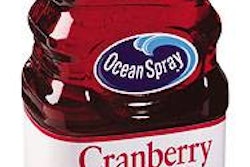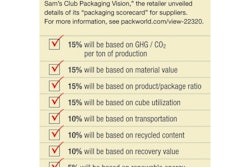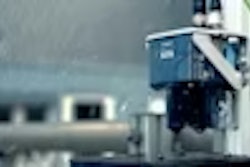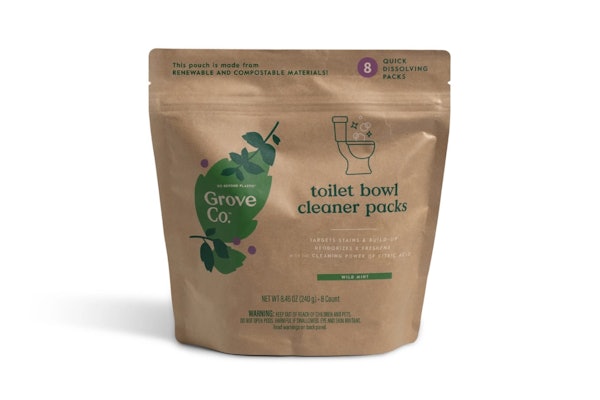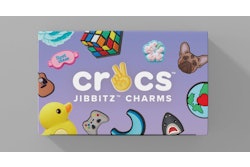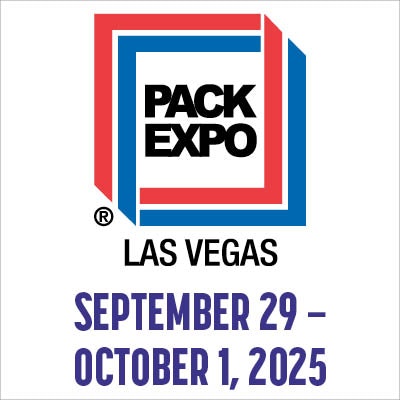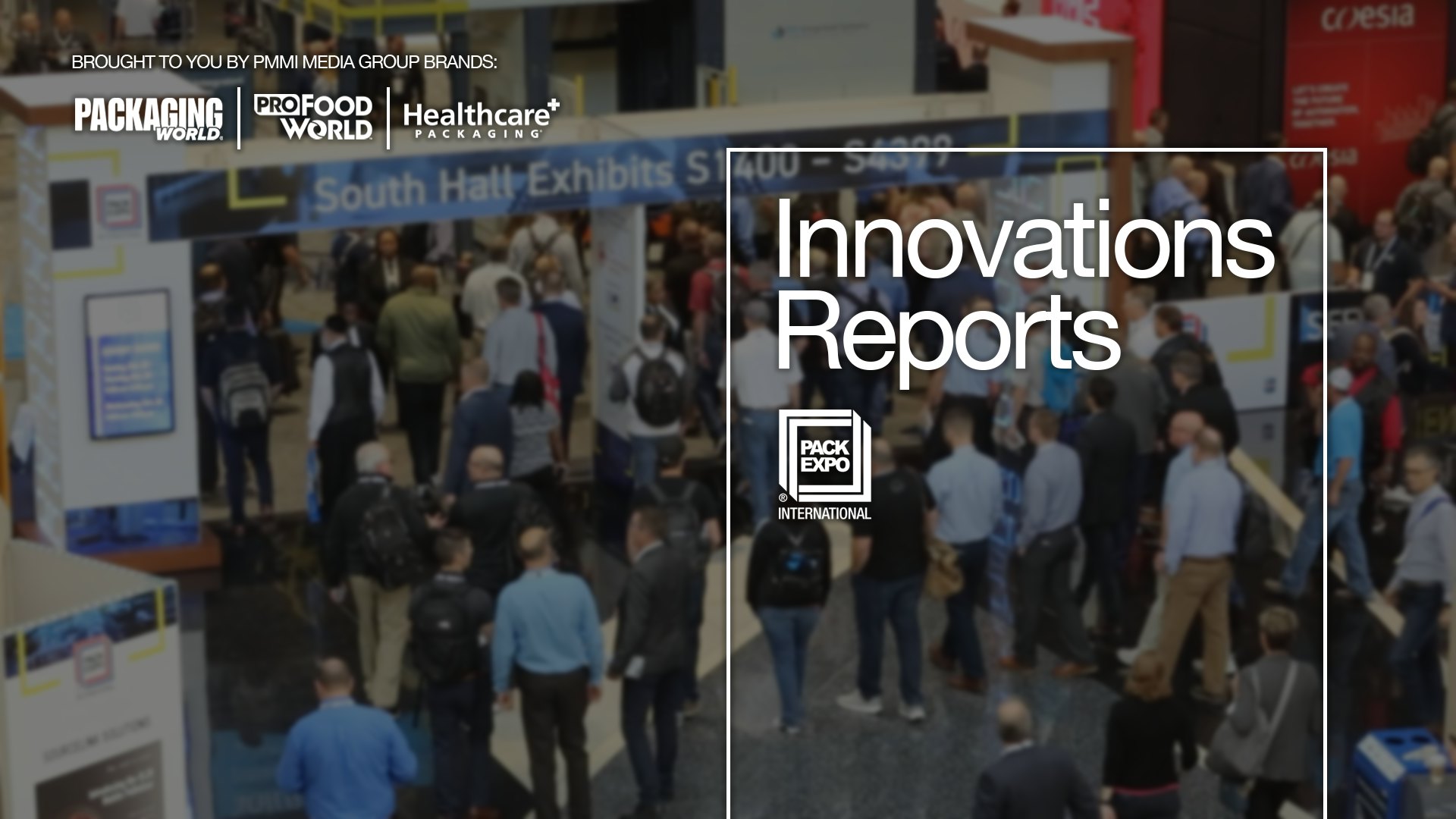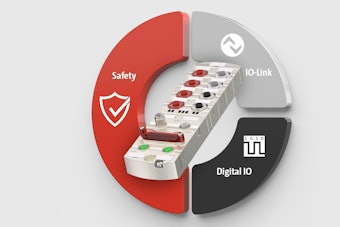The following article is extracted from a major cover feature on Sustainable Packaging to be published in the February 2007 issue of Packaging World; check Packworld.com in early February to read the full version.
Sustainable Packaging goes mainstream in February 2007 as 60,000 Wal-Mart suppliers begin entering information on the Wal-Mart Sustainable Packaging Scorecard. Rankings will show suppliers how well their packaging stacks up against the competition in terms of:
• Greenhouse gases emitted during manufacture
• Environmentally friendly materials
• Product-to-package ratio
• Cube utilization
• Transportation impacts
• Recycled content
• Recovery value
• Renewable energy used
• Sustainable innovations
"The breadth of the Wal-Mart initiative is precedent setting,” says Anne Johnson, director of the Sustainable Packaging Coalition, a project of GreenBlue. “The initiative will help to promote sustainable practices across all segments of the packaged goods supply chain.”
In February 2008, Wal-Mart buyers will begin factoring scorecard results into their purchasing decisions. What factors led Wal-Mart to make such a dramatic and far-reaching move? How much weight will buyers give to sustainability rankings? What will this mean for Consumer Package Goods CPG companies in terms of cost of packaging?
Wal-Mart has been methodical in its approach to sustainable packaging. CEO Lee Scott and his senior management team spent a year listening to customers, employees, citizen groups, government leaders, and other organizations. The management team came to the realization that because of its size and scope, Wal-Mart is uniquely positioned to have an impact on the world like no company before it.
At the 2006 Clinton Global Initiative, Wal-Mart committed to reducing packaging by five percent across its supply chain by 2013. The company estimates that it will save approximately $3.4 billion from the reduction and that the total global savings across the supply chain will exceed $10 billion.
What factors will contribute to these savings? Wal-Mart believes that improving packaging sustainability results in less waste, fewer materials used, and savings in manufacturing, transportation, storage, and disposal/recovery.
Examplary reduction: Kid connection toy packaging
For example, working with its private label suppliers, Wal-Mart reduced the packaging on 300 SKUs of its Kid Connection toy line. This allowed the company to:
• Reduce the amount of corrugated materials by 3,425 tons
• Use 1,358 fewer gallons of oil
• Eliminate 727 shipping containers
• Cut $3.5 million in shipping costs
This savings came from just 300 SKUs. Scott is now challenging suppliers to create packaging success stories for all of the more than 160,000 products on Wal-Mart shelves.
Said Scott, “There is a simple rule about the environment, and that is if there is waste or pollution someone along the line pays for it.” The Wal-Mart vision for sustainable packaging is an effort to cut waste and pollution, which will in turn reduce overhead, improve the bottom line, and contribute to a better tomorrow.
“Being a good steward of the environment and our communities, and being an efficient and profitable business, are not mutually exclusive,” Scott stated. “In fact they are one and the same.”
Sustainability by the numbers
There are two features about the packaging scorecard (www.scorecardlibrary.com) that are important for companies in the supply chain to grasp: •
- The scorecard is based on a life-cycle view of a sustainable package—from raw materials to conversion, transportation, and disposal/recovery
- There are no mandates
These two facts mean that CPG companies can pick and chose at what points along the life cycle of the package they want to apply innovations—innovations that make sense from a business perspective. Wal-Mart is making life-cycle modeling software available for just that reason. (The software is available for a $900 per-year subscription fee.) Package designers can plug in different variables and see the impact their choices have on the overall sustainability score.
“A life cycle perspective is essential for a comprehensive evaluation of the sustainability of a package,” says Johnson of the Sustainable Packaging Coalition. “You have to look at impacts from raw material extraction all the way through all probable end-of-life scenarios.”
Johnson emphasizes that this is a different way of thinking for most companies, since traditionally they have designed for cost, performance, and aesthetics. Now companies are being asked to design packaging for total quality throughout the life cycle.
Will this effort necessarily add costs? “Given the technology, materials, and options available today, I believe our suppliers are going to innovate, reduce life cycle impact, and come out with overall savings,” says Matt Kistler, vice president of packaging and production innovations for SAM’s Club. “We cannot disrupt the financial position of our suppliers.”
During a co-delivered keynote presentation at PACK EXPO by Kistler and Amy Zettlemoyer, director of packaging at SAM's Club, an audience member asked how much weight Wal-Mart buyers would give to sustainability scores. “I can see a higher sustainability score being a tie breaker in a dead heat,” Kistler answered. “But there will not be some magic formula that says here are the financials and the scorecard ranking, and this is our decision. That does not exist and I don’t see that it ever will. The packaging scorecard simply gives our buyers an additional decision-making tool—another fact to take into consideration.”
Getting started on the journey to sustainability
Given the scope of Wal-Mart’s program and the depth of the company’s commitment, it is clear that the packaging industry is going to be profoundly changed in its attitudes and understanding of sustainable practices. In order to assist the decision-making process, Wal-Mart has developed an online trade show (www.marketgate.com/packaging) where CPG companies will find information on consultants and materials and machinery suppliers that have something to offer in terms of sustainability.
Wal-Mart plans to have every vendor in the virtual trade show certified by an independent source. CPG companies, regardless of whether or not they are suppliers to Wal-Mart, can access the virtual trade show during 2007 for a $300 subscription fee. In subsequent years, the annual fee will be $900. Educators, retailers, and both governmental and non-governmental groups have free access.
The Sustainable Packaging Coalition’s Johnson advises that companies begin by benchmarking a package or family of packages in terms of materials content, resource intensity, energy/water usage, waste generation, and air emissions, including greenhouse gases. She says, “You have to know where you are before you can begin charting a course toward improved sustainability.”
Many companies have been making progress toward sustainable packaging for years. These organizations know there are no absolutes. They understand that no one product, process, consultant, or company can claim to produce a thoroughly sustainable package or offer a one-size fits all solution.
There may be one fact, however, that someday most people will agree on—that 2007 was year the world’s largest company helped the retail industry pause and consider the challenges and opportunities ahead along the road to sustainable packaging.




